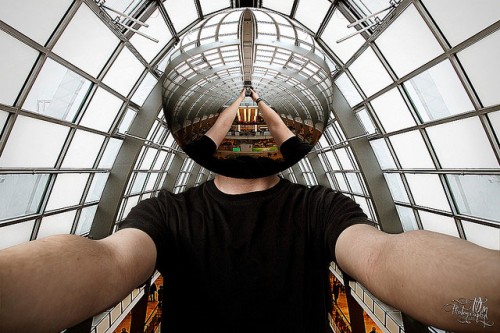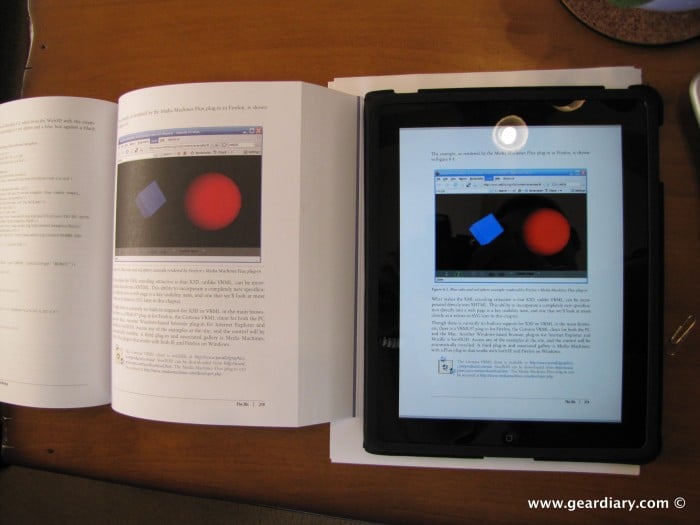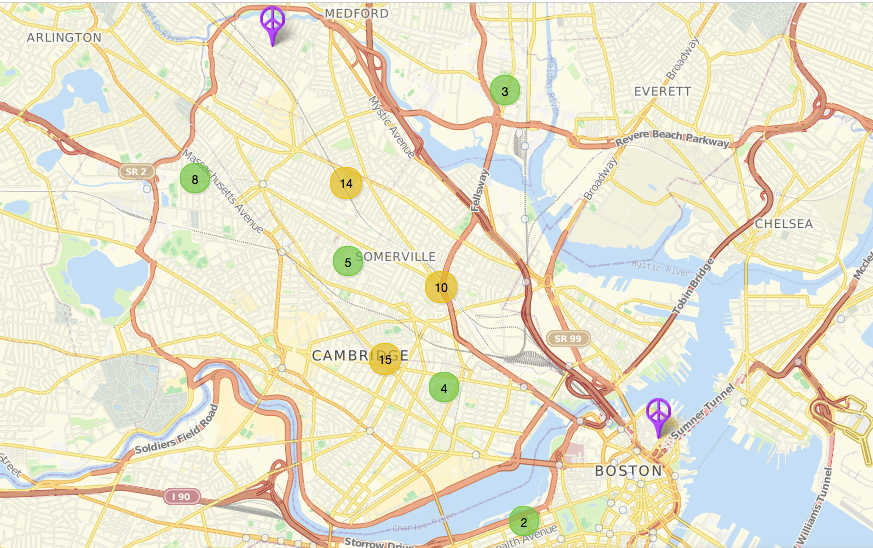 The New Aesthetic and critiques of digital dualism have much in common: they emerged in the same year; the nature of their conclusions are (partly) formed by the method of their construction – that is to say, they originated in the digital and as such are collaborative, speculative, and ongoing; and they both seem to spring from the close attention paid to the enticing bangs, whoops, and crashes issuing from the overlap of our digital and physical worlds. But more than this, I would argue that the two concepts are expressions of one another: it sometimes seems that New Aesthetic artwork is an illustration of digital dualist critiques; and likewise it is possible to read digital dualist critiques as descriptions of New Aesthetic artefacts.
The New Aesthetic and critiques of digital dualism have much in common: they emerged in the same year; the nature of their conclusions are (partly) formed by the method of their construction – that is to say, they originated in the digital and as such are collaborative, speculative, and ongoing; and they both seem to spring from the close attention paid to the enticing bangs, whoops, and crashes issuing from the overlap of our digital and physical worlds. But more than this, I would argue that the two concepts are expressions of one another: it sometimes seems that New Aesthetic artwork is an illustration of digital dualist critiques; and likewise it is possible to read digital dualist critiques as descriptions of New Aesthetic artefacts.
This may appear an undeservedly grand claim, and it is certainly extremely speculative (the concepts involved are too varied and inchoate to ever be proper ‘expressions’ of one another). Nevertheless, as a comparison it does produce some interesting conclusions. Especially when we begin to consider what exactly it is that the New Aesthetic and ‘augmented reality’ theory have in common (I’m using the term ‘augmented reality’ here as a broad label for thought that runs counter to strict digital dualism). In my own personal analysis the mechanism that links the pair is undoubtedly that of metaphor; that cognitive tool that provides us with mental purchase on abstract, complex concepts and systems. In this case the abstract system is none other than the digital world of the 21 st century. more...








